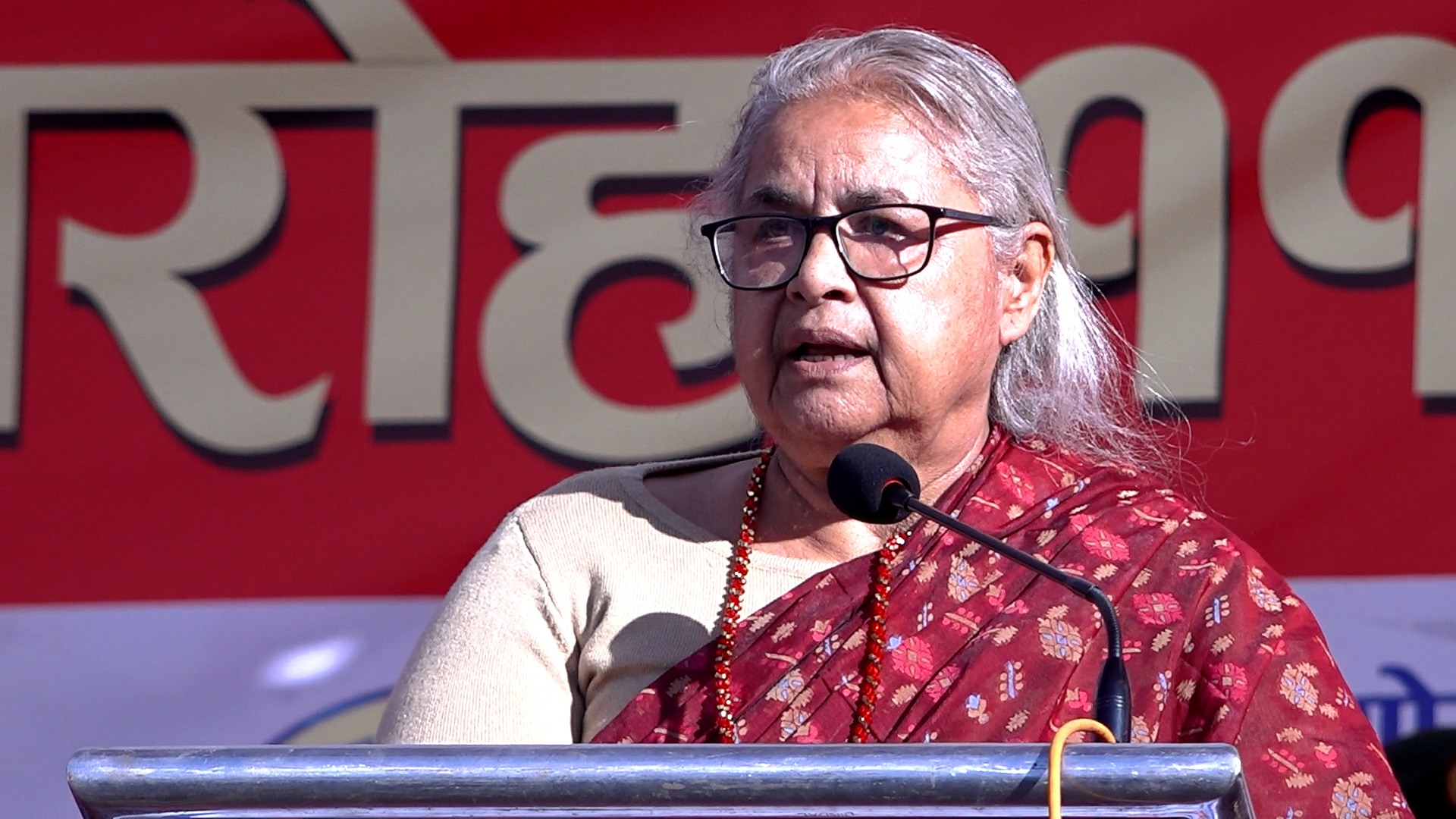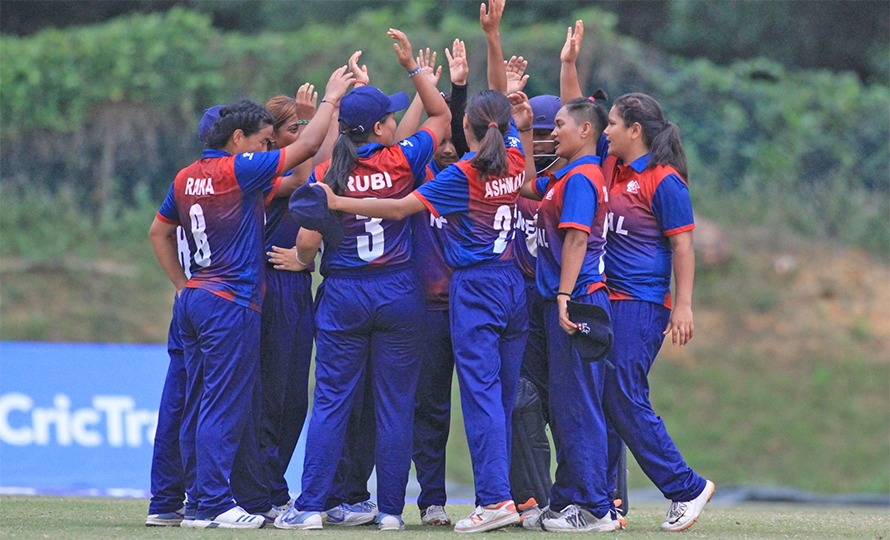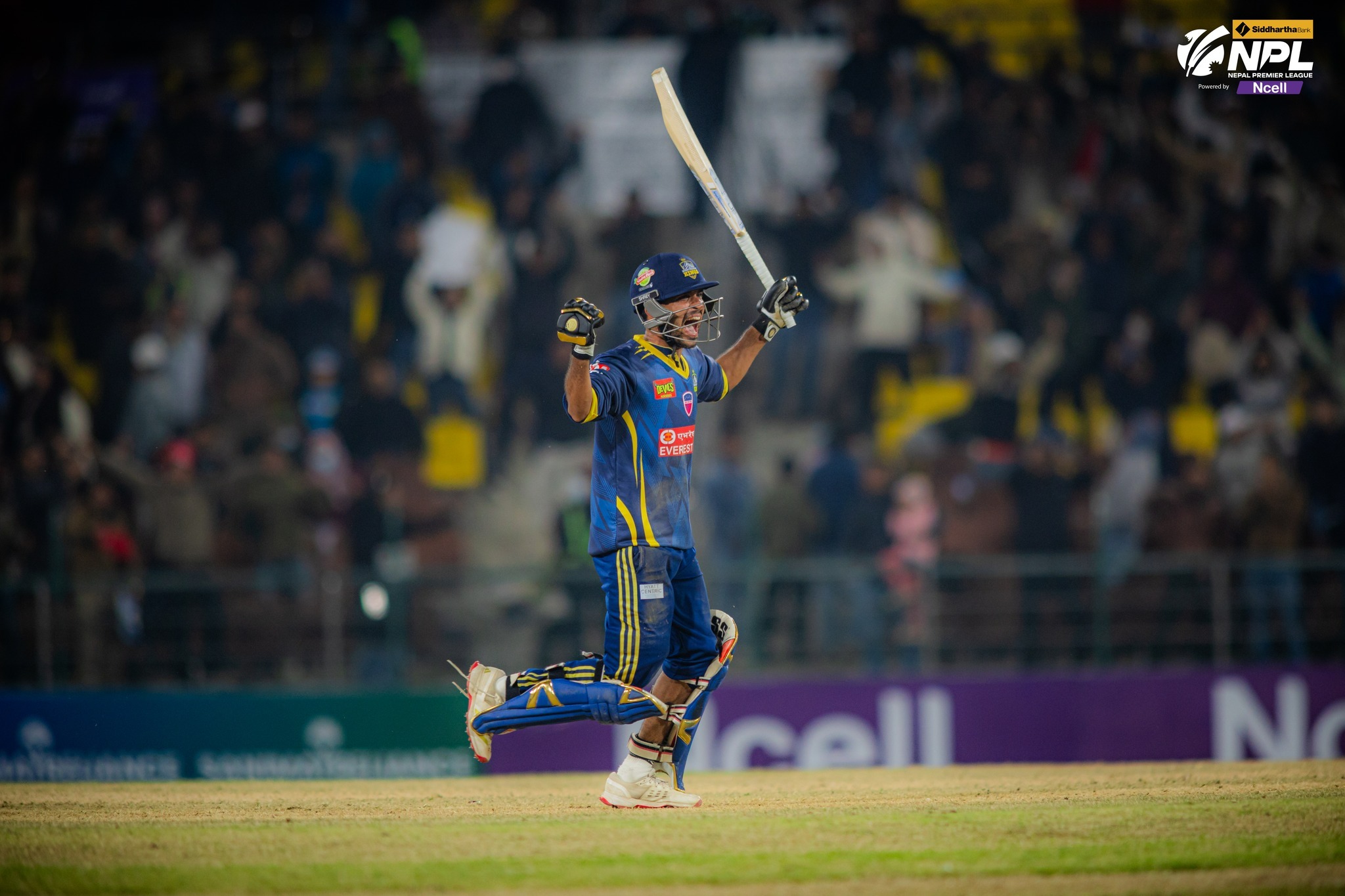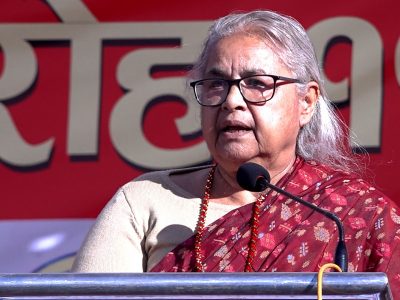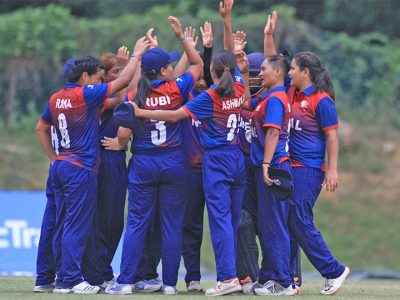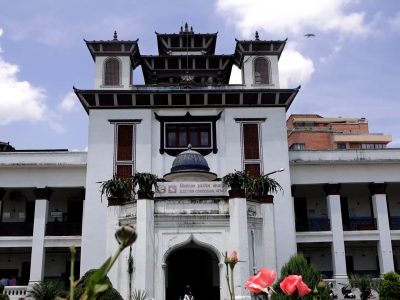Ramayana in a single verse
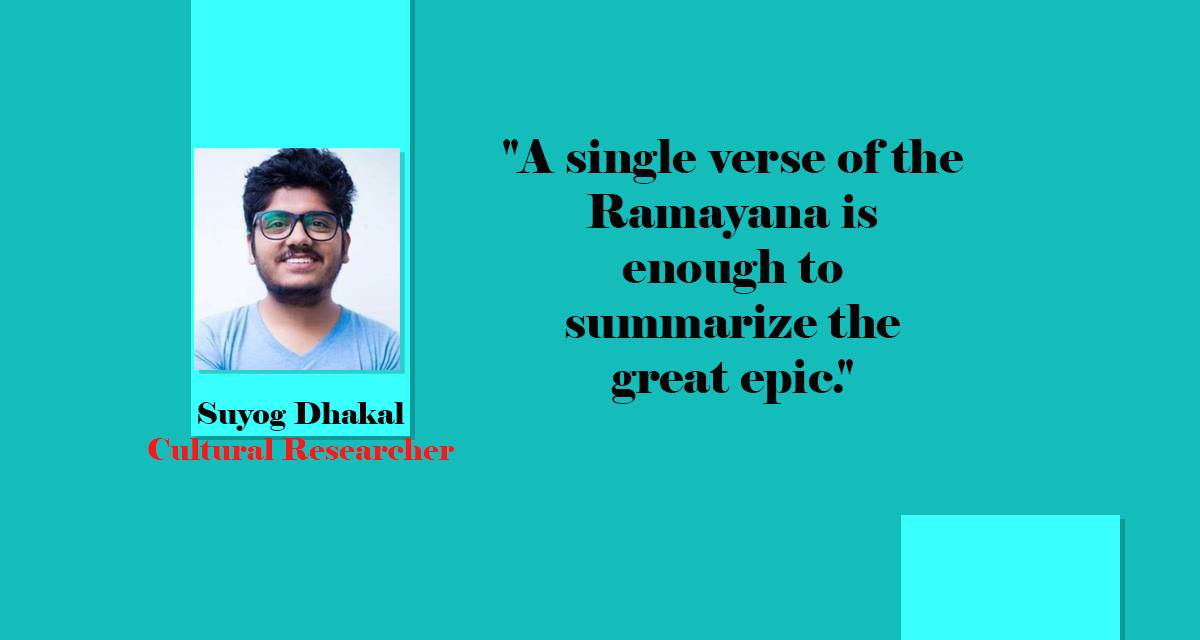
For thousands of years, the events of Ramayana through its verses have become a wonderful story of eastern Sanatan philosophy. The dignity of Ram and the patience and courage of Sita are overwhelming.
Recently I traveled to the ancient city of Janakpur where I could feel the vibes of the Ramayana in the lifestyle of the Mithila people. Ramayana to me was just an ancient epic, but visiting Janakpur made me believe, the ancient analogies are still alive, moving and colossally sparkling in the vernacular of the Maithili people.
During my childhood, Ramayana was a TV series to me, every Thursday my late grandfather would bow down to television and keenly watch the series. No one was allowed to laugh, criticize, or talk. Ramayana was precisely a TV series that transformed lives from many facets.
Janakpur and Ayodhya, the birthplaces of Sita respectively, have created a legacy of a strong bond between Nepal and India.
A verse of the Ramayana, which is written by the great scholar and poet Tulsidas, describes it in a single verse.
आदि राम तपोवनादि गमनं ।।
हत्वा मृगं कांचनम ।।
वैदीहीहरणं जटायुमरणं , सुग्रीवसंभाषणम ।।
बालीनिर्दलनं समुद्रतरणं , लकांपुरीदाहनम् ।
पश्चाद रावण कुम्भकर्ण हननम, एतद्धि रामायणम ।।
Lord Ram went to the forest again and was made to follow a deer. Sita was then abducted. Jatayu was killed and talks were held with Sugriva. After Vali’s death, Lankapuri was destroyed after crossing the seas. Ravana and Kumbhakarna were also killed. This is the summary of Ramayana.
I call this verse nectar, the one verse which summarizes the entire story of Ramayana of 24,000 couplets.
Facebook Comment
latest Video
Trending News
- This Week
- This Month



